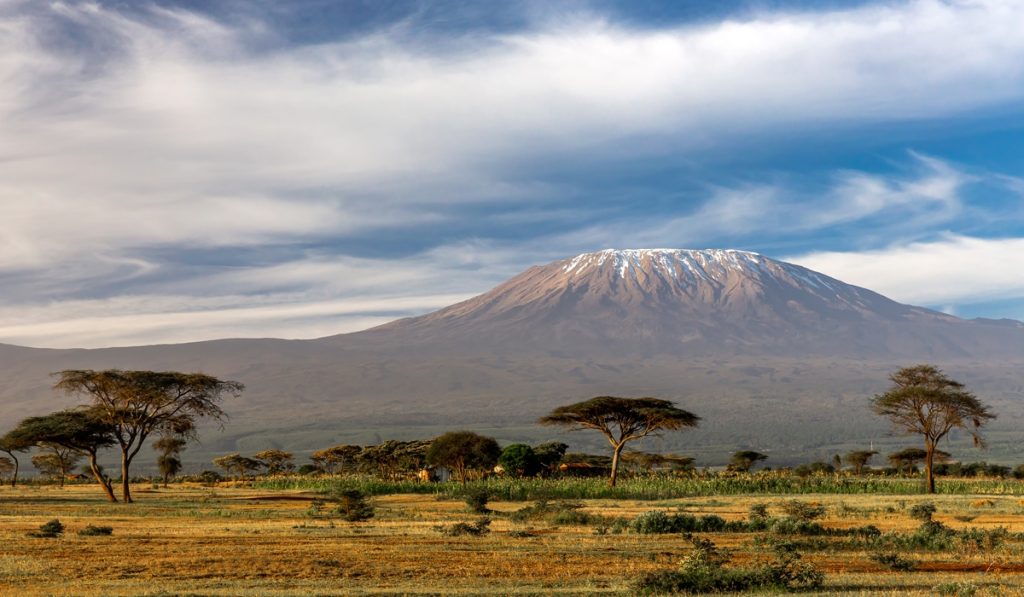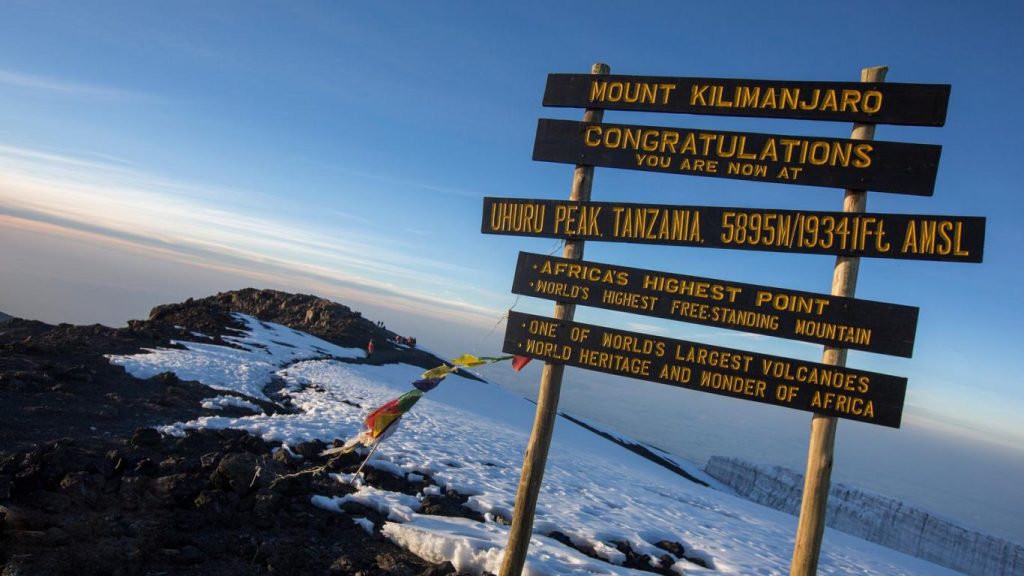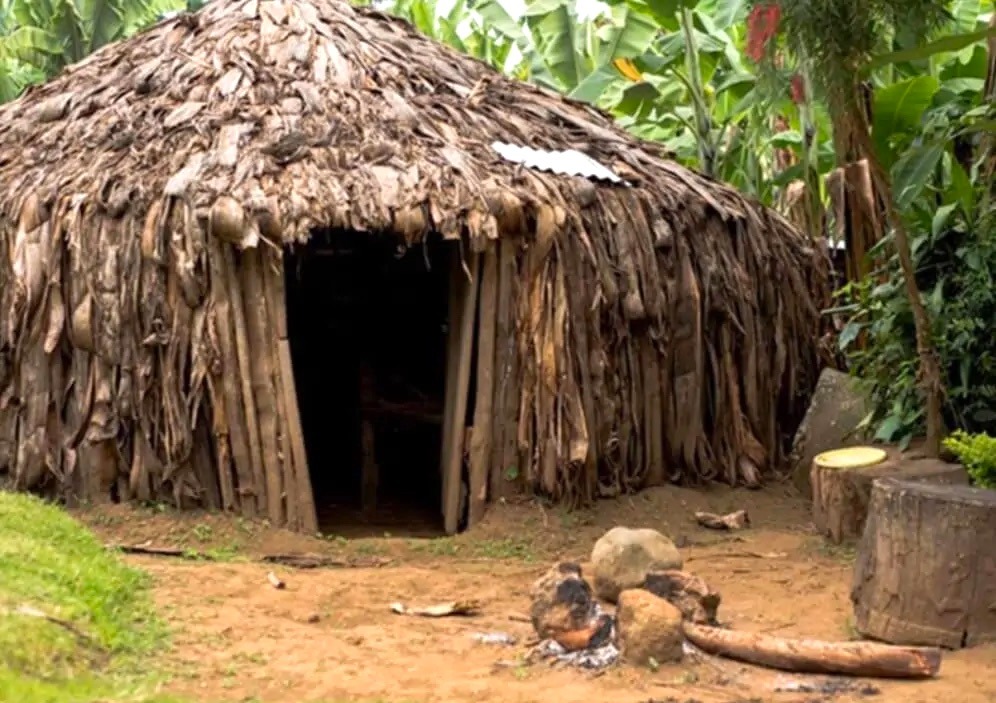Wildlife Safari
- 4 Days Wildlife Budget Safari
- 5 Days Cultural Luxury Drive-in Safari
- 6 Days Best of Tanzania Safari
- 7 Days Great Migration Experience
- 8 Days Safari & Beach Holiday
- 9 Days Honeymoon Safari & Zanzibar Beach
- 10 Days Culture Experience, Landscape and Wildlife
- 12 Days Ultimate Wildlife Photography Safari
- 13 Days Tanzania Safari and Zanzibar Beach Holiday
- 14 Days African Safari and Zanzibar Beach Escape
- 14 Days Budget Wildlife Drive in Safari
Experiences
Mount Kilimanjaro
Destination
Tanzania’s Premier Tour Operator
- Acacia Bliss
- Wildlife Safaris
- 4 Days Wildlife Budget Safari
- 5 Days Cultural Luxury Drive-in Safari
- 6 Days Best of Tanzania Safari
- 7 Days Great Migration Experience
- 8 Days Tanzania Safari & Beach Holiday
- 9 Days Northern Circuit Route
- 10 Days Culture Experience, Landscape and Wildlife
- 12 Days Ultimate Wildlife Photography Safari
- 13 Days Tanzania Safari and Zanzibar Beach Holiday
- 14 Days African Safari Adventure and Zanzibar Beach Escape
- 14 Days Budget Wildlife Drive in Safari
- Mount Kilimanjaro Trekking
- Tanzania Safaris Experiences
- Luxury Safari Experience
- Tanzania Safaris Destinations
- Beach Holiday
- Contact Us
Mount Kilimanjaro National Park

Destinations
Northern Circuit
Overview
Exploring Mount Kilimanjaro: Africa's Majestic Peak
Mount Kilimanjaro National Park, spanning 1,668 square kilometers, is located in northern Tanzania, near the town of Moshi, about 200 miles south of the Equator. This iconic park has been a game reserve since 1921 and was designated a national park in 1973. In 1987, UNESCO recognized its global significance by listing it as a World Heritage Site.
Geography and Ecosystems
At 5,895 meters (19,336 feet), Mount Kilimanjaro is the highest mountain in Africa and the tallest free-standing mountain in the world. This dormant volcano features two primary peaks, Kibo and Mawenzi, both of which are capped with snow. The mountain’s base has a diameter of approximately 40 miles, and its varied elevation zones create distinct ecosystems, each with unique flora and fauna.

The lower elevations of Kilimanjaro are characterized by lush montane forests, ranging between 1,700 and 2,800 meters. This region is rich in biodiversity, home to numerous species including leopards, rhinoceroses, elephants, and buffalo. As one ascends to the semi-desert region between 2,800 and 4,000 meters, the landscape transforms, dominated by giant grasses like Senecio Kilimanjari. These striking plants seem to guard the heights, adding to the surreal beauty of the mountain.
Above 4,000 meters, the environment shifts to an alpine desert. Here, life is sparse, with mosses and lichens being the primary forms of vegetation. The terrain further up becomes barren, consisting of loose scree slopes and bare rock, leading climbers towards the summit.
The Summit Experience
The ultimate goal for many visitors is reaching the Uhuru Peak, which is the highest ground on Kilimanjaro at 5,895 meters. The peak is located on the rim of a vast volcanic crater, featuring breathtaking glaciers and ice fields within. The climb to the summit is challenging but rewarding, offering spectacular views and a profound sense of achievement.
Climbers traverse through diverse climatic zones, from tropical forests at the base to arctic conditions at the peak, making it a unique journey.

- Cultural and Historical Significance
Mount Kilimanjaro has not only geographical but also cultural significance. It stands as a symbol of Tanzania’s natural heritage and has inspired numerous myths and stories among the local Chagga people. The mountain’s slopes are dotted with villages and farmlands, providing a glimpse into the traditional lifestyles of the inhabitants.

Experience Kilimanjaro Spirit with
Acacia Bliss Tours & Safaris
Acacia Bliss Tours & Safaris offers expertly guided treks to Mount Kilimanjaro, ensuring a safe and memorable adventure. Our tailored itineraries cater to different fitness levels and preferences, providing comprehensive support from start to finish.
Company
Get in touch
Arusha Tanzania
+255 762 039 839
info@acaciablisstours.com
We Chat (Scan)



